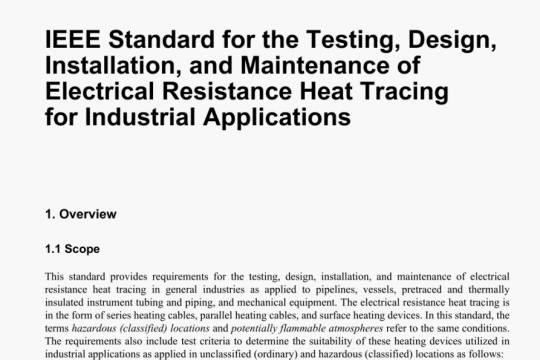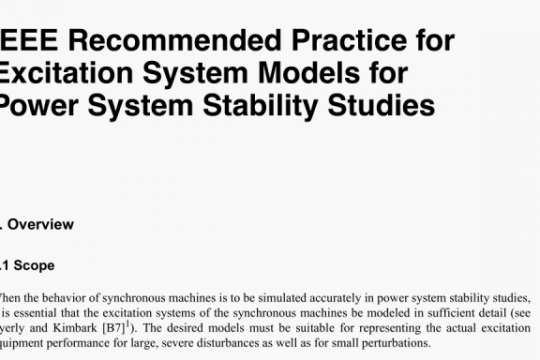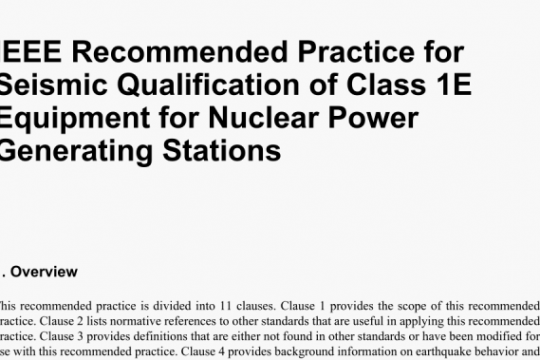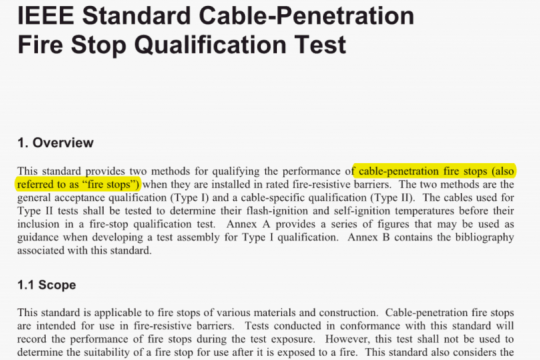IEEE C62.22A-2013 pdf free
IEEE C62.22A-2013 pdf free.IEEE Guide for the Application of Metal-Oxide Surge Arresters for Alternating-Current Systems Amendment 1: Supplement to Consider Energy Handling Capabilities.
When a metal-oxide surge arrester (MOSA) is subjected to a surge from the system to which ills installed, it responds by shunting surge current thereby limiting the overvoltage on the protected equipment. The action of the arrester results in the transfer of charge and in the absorption of energy from the system, which is rapidly converted to heat. The charge transfer is quantified as coulombs and the energy absorption is quantified as joules. Both types of arrester durability (energy absorption and charge transfer) are tested for each arrester design to allow arrester users to compare the capability of the arrester with the requirements of the system. The energy absorption capability is characterized by the switching surge energy rating test. The charge transfer capability is characterized by the single impulse withstand rating test.
When metal-oxide arresters are energized at steady state, valve elements will conduct leakage current at low levels, which is converted into heat at a low rate. Under these normal operating conditions (i.e.. absence of overvoltage), there is a balance between the heat generated by the valve elements and the heat dissipated by the arrester through conduction, convection, and radiation, such that a stable operating condition is maintained. Overvoltage and surge events disturb this stable condition by causing the valve elements to absorb increased levels of energy for some limited amount of time. The subsequent response and temperature risc of the arrester depends greatly on the magnitude and rate of energy input and on the specific design of the arrester.
For simple applications where overvoltages are well defined, the resulting energy absorbed by the arrester can be determined by calculation (use arrester minimum voltage characteristics for energy calculation). For complex situations, computer simulation studies using electromagnetic transient simulation software may be required. These studies require knowledge of the arrester minimum and maximum voltage-current characteristics, which are usually available from the arrester manufacturer. With these types of studies, the switching surge energy rating (energy absorption) and single impulse withstand rating (charge transfer) as stated by the manufacturer can be compared to the requirements of the system.
4.2.5a Switching surge energy rating
This station and intermediate class arrester characteristic is related to the energy absorption capability of the arrester. Typical switching surges can last for a few milliseconds to many milliseconds and in some cases can arrive at the arrester one or more cycles apart. This rating quantifies the maximum energy an arrester is capable of absorbing and remain thermally stable after the event with ac voltage applied.IEEE C62.22A pdf free download.




